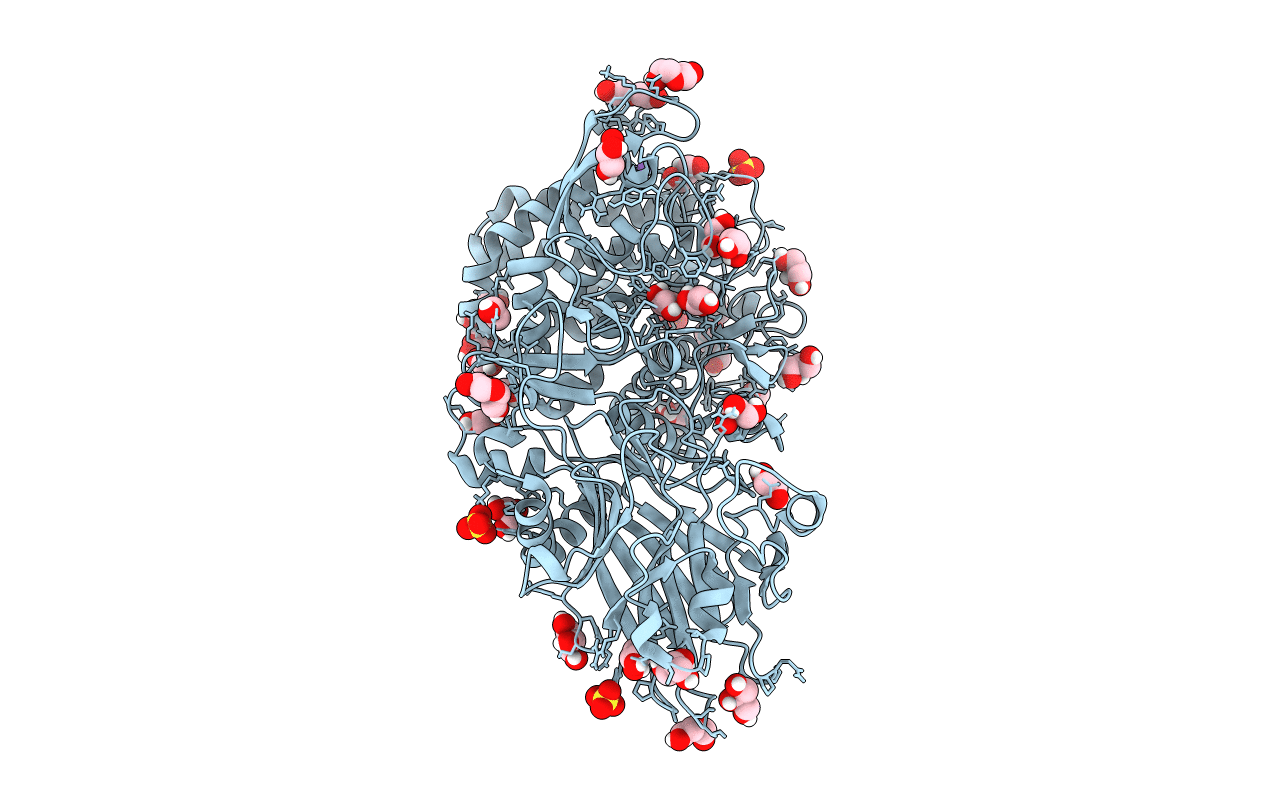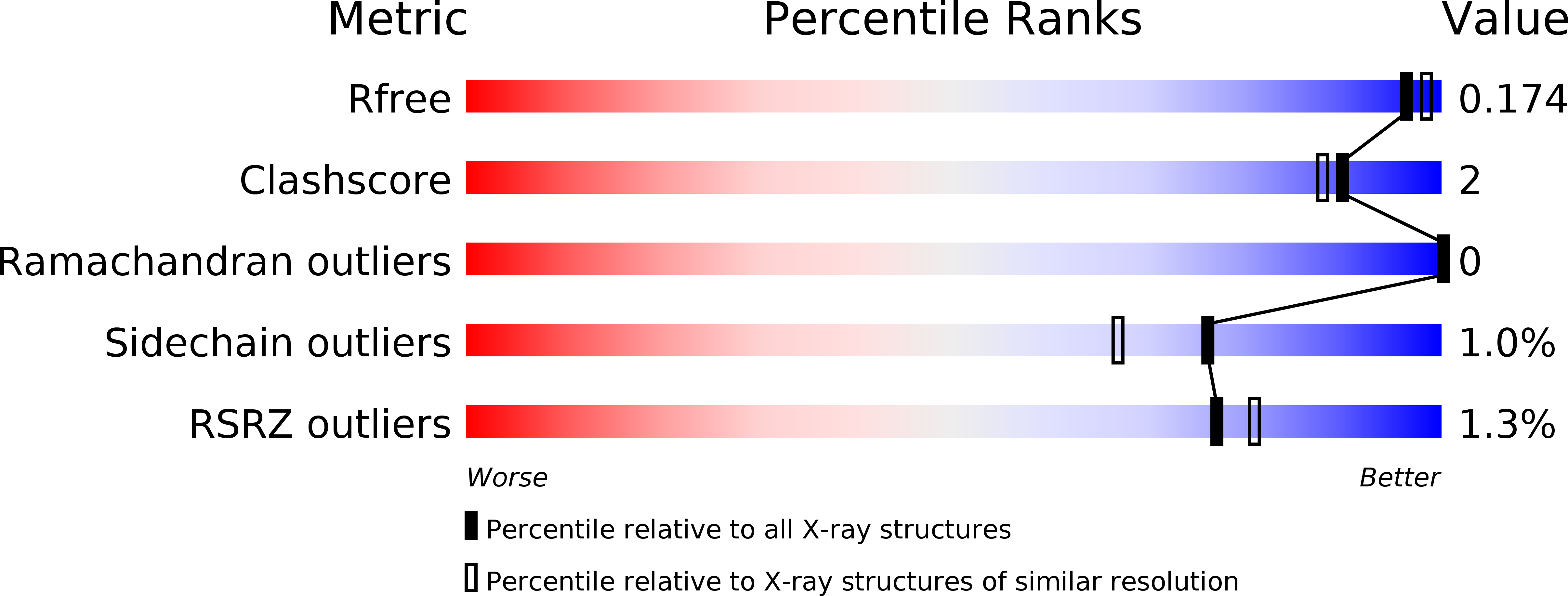
Deposition Date
2013-08-13
Release Date
2014-05-14
Last Version Date
2024-05-08
Entry Detail
Biological Source:
Source Organism:
Geobacillus thermoglucosidasius (Taxon ID: 1426)
Host Organism:
Method Details:
Experimental Method:
Resolution:
1.70 Å
R-Value Free:
0.17
R-Value Work:
0.14
R-Value Observed:
0.14
Space Group:
C 2 2 21


